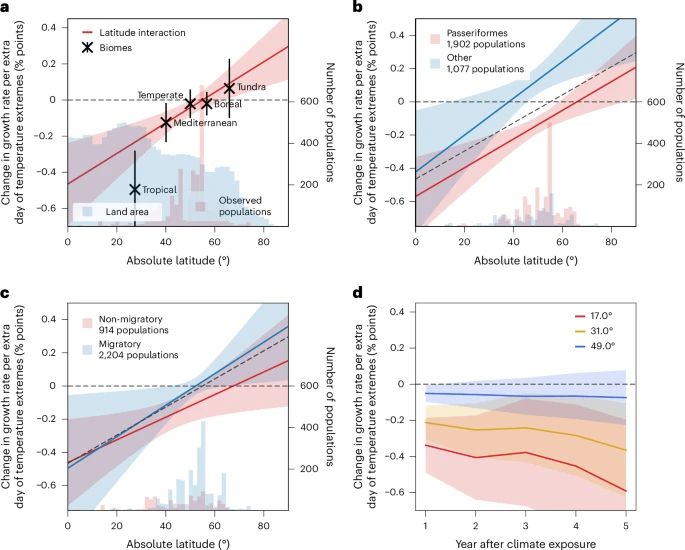-25% for male non-native English speakers
-1% for male non-native English speakers from low-income countries
compared to male native English speakers from a high-income country.

-50% for English non-native
-58% for English non-native from low-income countries
compared to English native from a high-income country.


Reposted by: Tatsuya Amano
Reposted by: Tatsuya Amano

theconversation.com/who-gets-to-...
#languagebarriers
@aunz.theconversation.com

doi.org/10.1371/jour...
5/5

3/5

doi.org/10.1371/jour...

doi.org/10.1371/jour...
#languagebarriers

by Tatsuya Amano — Reposted by: Tatsuya Amano
by Tatsuya Amano — Reposted by: Tatsuya Amano
doi.org/10.1371/jour...
5/5

4/5

3/5

doi.org/10.1371/jour...
2/5

doi.org/10.1371/jour...
#languagebarriers

Reposted by: Tatsuya Amano
This #PeerReviewWeek check out our post which explains why we made the decision to offer the Writefull service to all 👇
https://f.mtr.cool/rooofhshdm

Reposted by: Tatsuya Amano
www.r-bloggers.com/2025/06/mult...
ropensci.org/multilingual...
#languagebarriers

dx.doi.org/10.1038/s415...
doi.org/10.1002/2688...

dx.doi.org/10.1111/1365...

Reposted by: Tatsuya Amano
rdcu.be/eAlQh


theconversation.com/70-years-of-...
@uq-cbcs.bsky.social

